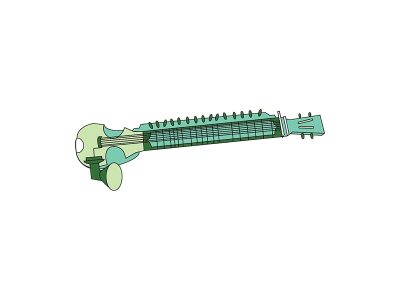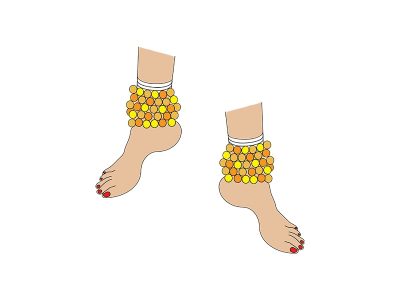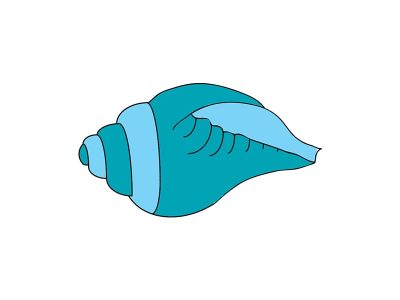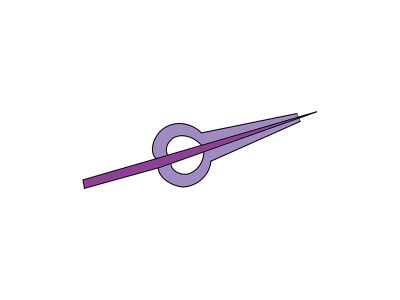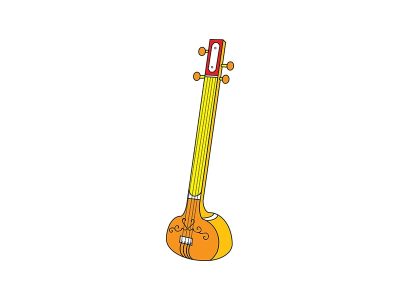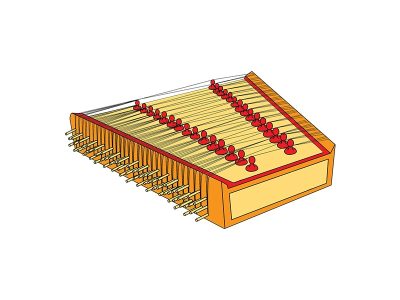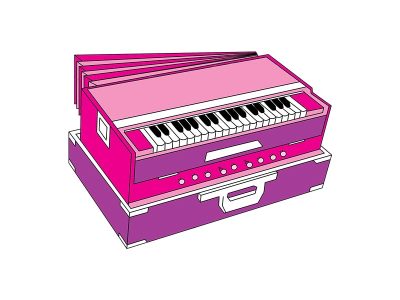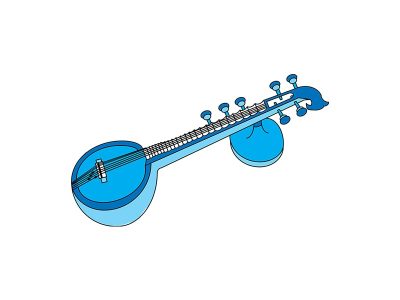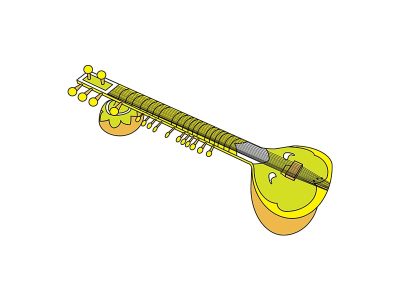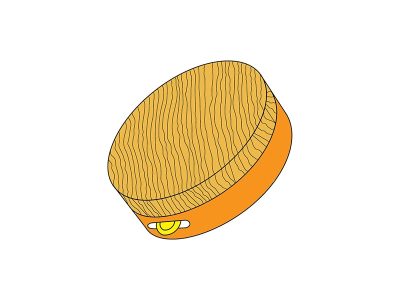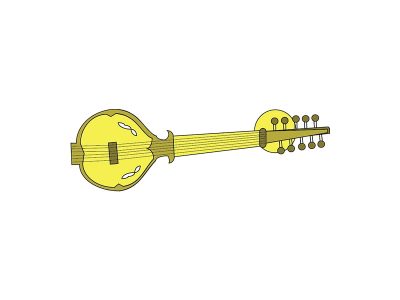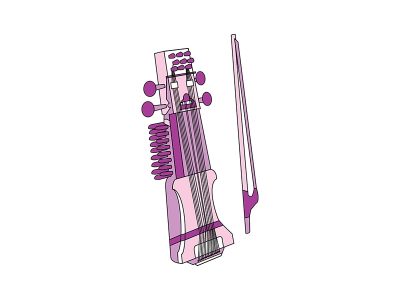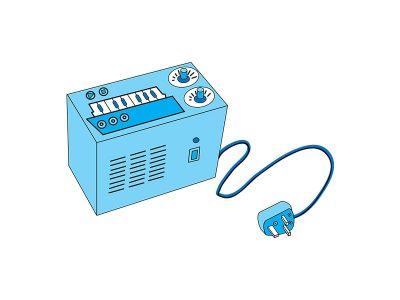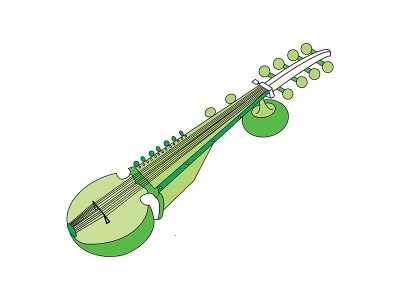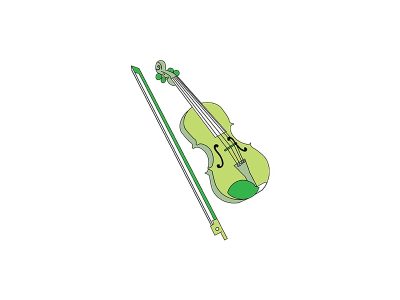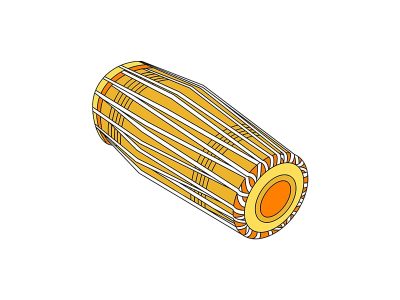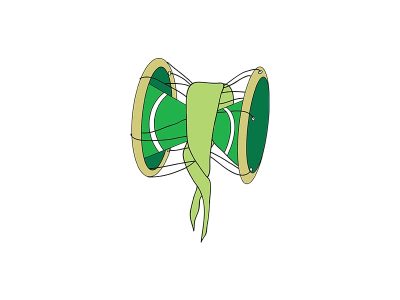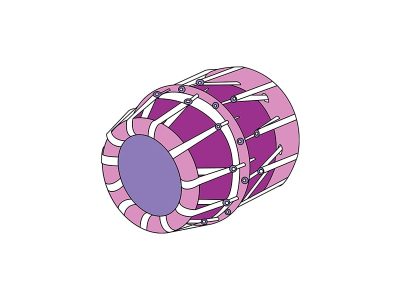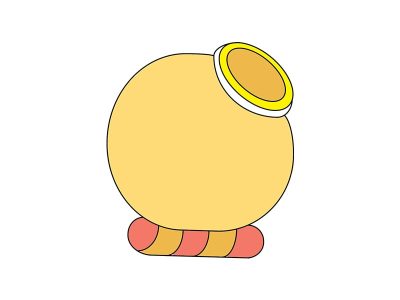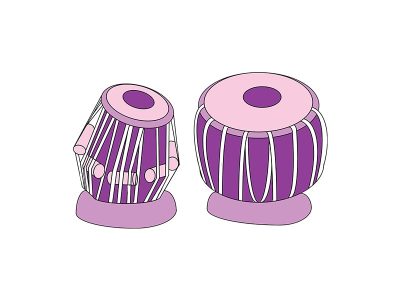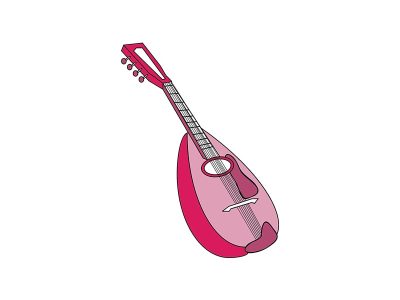What is the Kanjira?
The kanjira is a small handheld drum that resembles a tambourine. It consists of a circular wooden frame of jack wood, with a diameter of seven to eight inches and depth of approximately two inches. One face of the frame is stretched over with a thin layer of leather. The drum is usually held in the left hand and played by striking the leather face with the fingers of the right. A couple of small metal discs are attached to the frame.
Carnatic musicians often use multiple percussion instruments as accompaniment in a concert. While the mridangam is the most popular instrument for accompaniment, the smaller kanjira is a very versatile instrument that is used as the secondary percussion accompaniment.
The ganjira cannot be extensively tuned like the mridangam. Its pitch can be lowered, while playing, however, by thinly wetting the inside of the leather covering with water. The nature of this method makes it difficult to maintain the pitch of the ganjira throughout the concert, and requires judgment and expertise.
Kanjira: Did you know…
Carnatic music concerts have a dedicated time for percussion solos called the ‘tani’. The percussionists have to follow the rhythmic pattern of the song that they are playing after. The mridangam leads, and other accompanists follow. At the end of the segment, all the percussionists present a section together before the song resumes.
Where it’s from

Listen to the Kanjira

Performer Name Bangalore R. Prathap
Musical Tradition South, carnatic
Website www.gatambrothers.com


